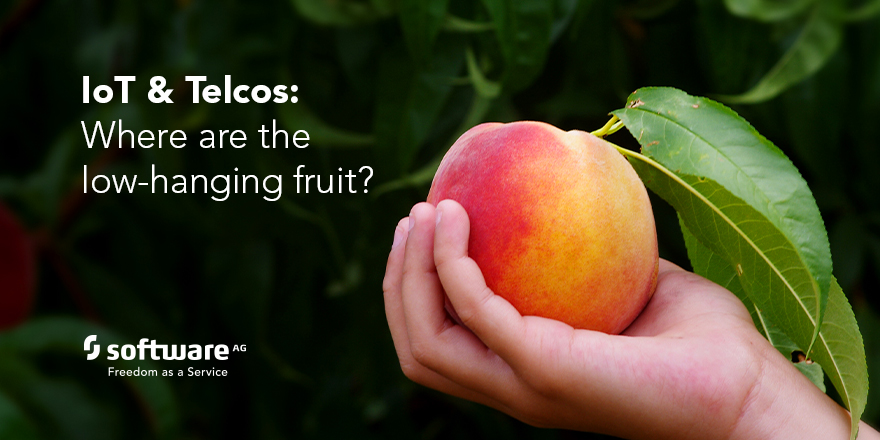Four Compelling Use Cases of IoT for Telcos
With all the hype around 5G and the Internet of Things, it is a challenge to predict what is in store for telecommunications. So where is the low-hanging fruit for end- users and Telcos right now?

With all the hype around 5G and the Internet of Things, it is a challenge to predict what is in store for telecommunications. New business models keep popping up, and the market remains in an experimentation phase.
But where is the real value for end- users and telcos right now? In other words, what is the low-hanging fruit that telcos can pick – based on their core competencies of a communications play – while they are figuring out the “next big thing” in tech?
Communications is the right word: While the use of IoT to manage remote sites and assets is interesting, there is one thing to be noted here – IoT itself relies on a reliable communication link. So, in the IoT value chain, communication service providers (CSPs) are providing the “as a service,” last-mile access to devices and sensors with their Low Power Wide Area and 4G/5G managed technologies.
It is with the combination of IoT and these technologies that we can see some low-hanging fruit to grab:
- Asset management
A remote cell tower site includes lots of auxiliary equipment to make things work. Air conditioning, uninterruptible power supply (UPS) and energy meters are vital assets. A generator is another, because power backup is an essential requirement for ensuring 24/7 network up-time. These are all part of the passive, but important, infrastructure. Monitoring them – for things like operational efficiency (power consumption, live status) and predicting their unexpected breakdown in advance – is an essential ingredient of remote management.
- Environmental protection
Remote sites, like factories or smart cities, are always under threat. Constant hazards in the form of fire, water and weather are a major challenge. IoT can help in detecting such conditions – smoke, flooding, or weather – and can trigger commands to either take preventive measures or shut down the system to avoid irreparable damages.
- Travel smarter
Let’s say you want to travel at the most optimal time and you also need to locate the nearest bus stop or train station. If every bus, train, and public transport option has an aggregation point within the city, then it can sync up with your smartphone and present you with an interactive application to find your way to the nearest point. They can also present you with information (bus, train times) that can help you to make quick decisions.
- Find people
How do you find people in a conference, event or building? If you and others have enabled an app like LinkedIn on your smartphones, it can quickly scan the people in your network who are nearby. A pop-up list will appear on your screen. GPS sensors in their watches could also be an option. In this way you can always find your contacts.
Al these types of information-sharing require a platform environment able to manage the data. It needs to be based on requests, handle diverse data standards, different systems, and to act in legacy software environments.
Enter Software AG; with our solutions for data handling/enriching, API management, hardware and connectivity management, Software AG is able to bring you up to speed very quickly to set up these complex software platform environments, based on standards already created for different market solutions.
This is the low-hanging fruit. Grab it!